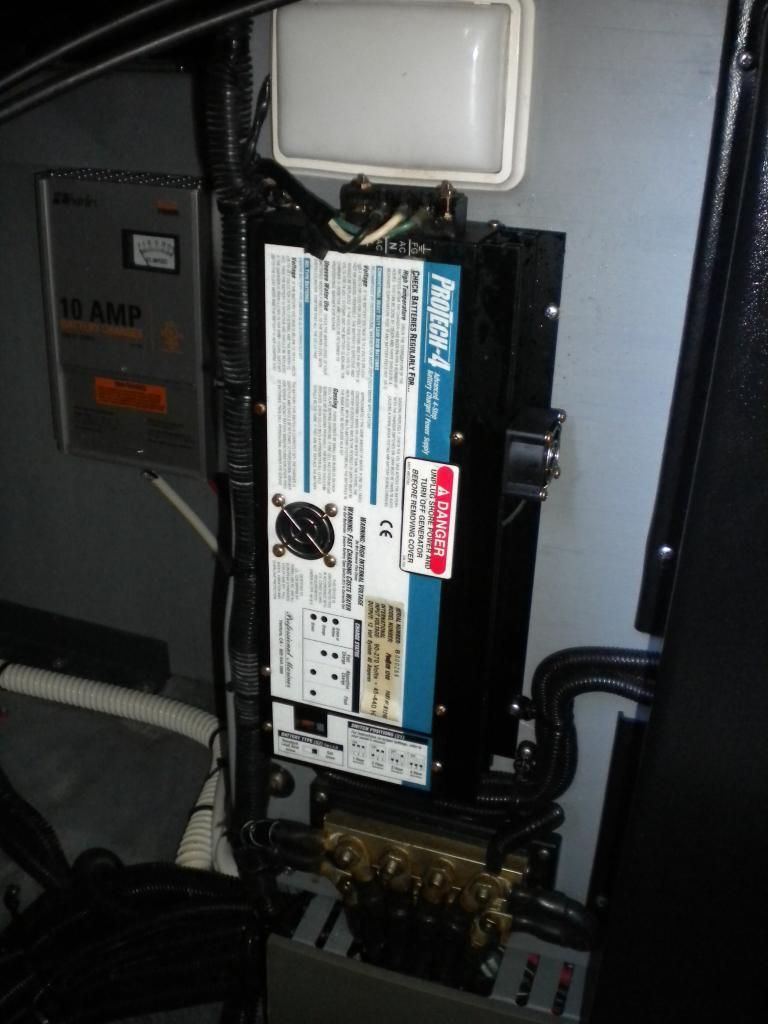IanBat
New Member
- Nov 19, 2011
- 2,297
- Boat Info
- Pro Tournament 36' 1999
- Engines
- Twin Cummins 5.9L 370hp B Series
Think earlier you said 25V at the wires at the motors.
That is indicating charged batteries, so I wouldn't be suspecting voltage.
Sent from my iPad using Tapatalk HD
That is indicating charged batteries, so I wouldn't be suspecting voltage.
Sent from my iPad using Tapatalk HD




